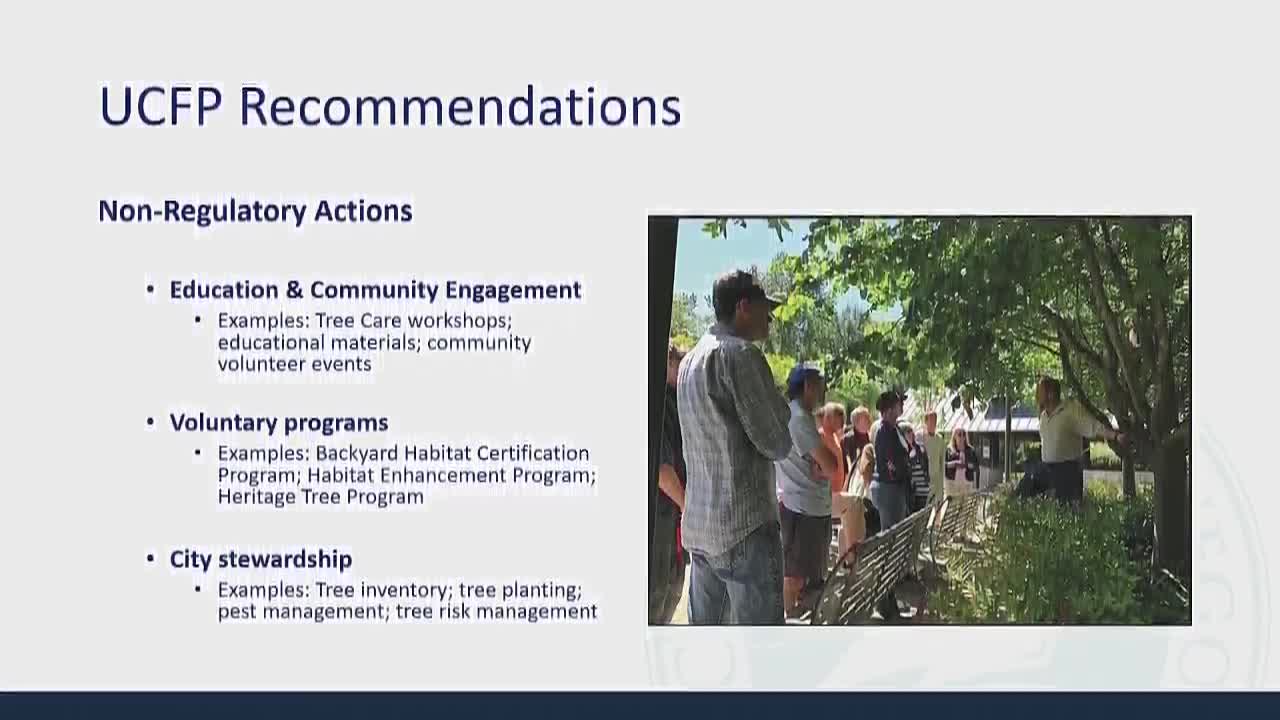City Proposes Urban Forestry Plan to Enhance Tree Preservation and Community Engagement
June 25, 2025 | Lake Oswego City, Clackamas County, Oregon
Thanks to Scribe from Workplace AI , all articles about Oregon are free for you to enjoy throughout 2025!

This article was created by AI using a video recording of the meeting. It summarizes the key points discussed, but for full details and context, please refer to the video of the full meeting. Link to Full Meeting
The council highlighted the need for clear and objective standards for housing development that comply with state law, which is crucial for balancing growth with environmental stewardship. A key concern raised by residents is the perceived inconsistency in tree removal regulations between development projects and individual landscaping efforts. The council acknowledged this issue and is exploring ways to ensure fair treatment across different scenarios.
To promote tree preservation, the council is considering creating incentives for developers who choose to save trees during construction. Suggestions include potential reductions in setback requirements for those who preserve existing trees, fostering a more collaborative approach to urban development.
Additionally, the council is addressing the need for adequate soil volume for street trees in parking lots to combat urban heat islands, as well as establishing canopy standards for commercial and industrial areas, which currently lack sufficient tree cover. The discussion also included the necessity of requiring mitigation trees for various types of tree removals and evaluating tree codes in light of increasing wildfire risks.
The council's commitment to planting larger mitigation trees where feasible aims to counteract the trend of replacing large trees with smaller species, which could negatively impact the city's overall tree canopy in the long run. As these initiatives move forward, public outreach will play a vital role in shaping the final recommendations and ensuring community involvement in the stewardship of Lake Oswego's urban forest.
Converted from Planning Commission 07/28/2025 meeting on June 25, 2025
Link to Full Meeting
Comments
View full meeting
This article is based on a recent meeting—watch the full video and explore the complete transcript for deeper insights into the discussion.
View full meeting
